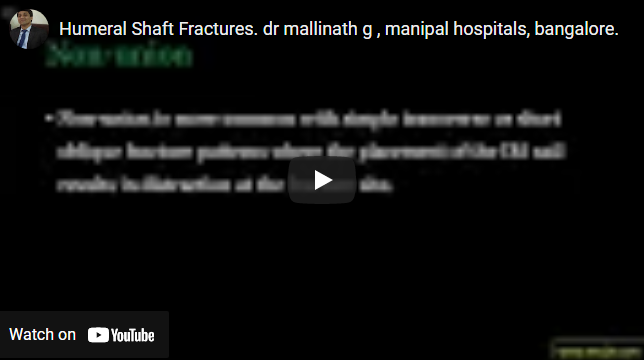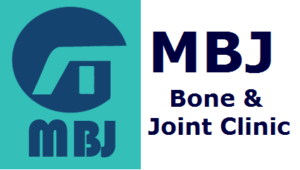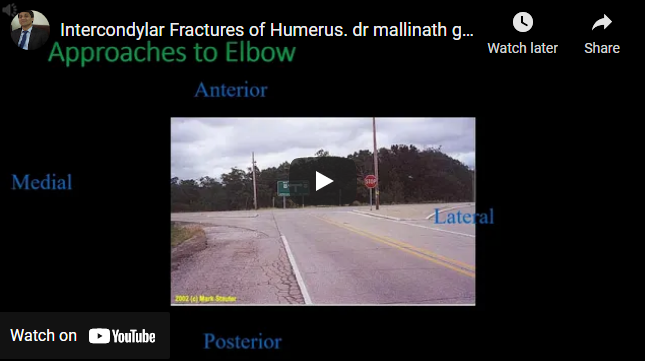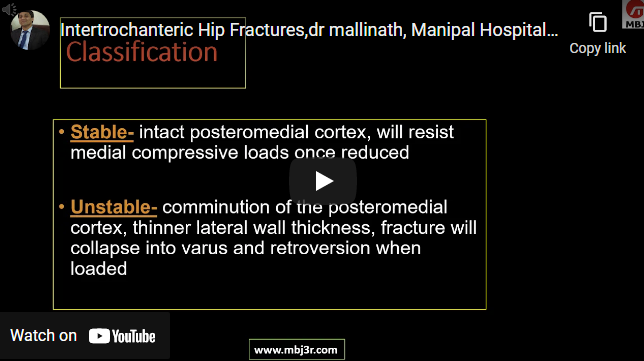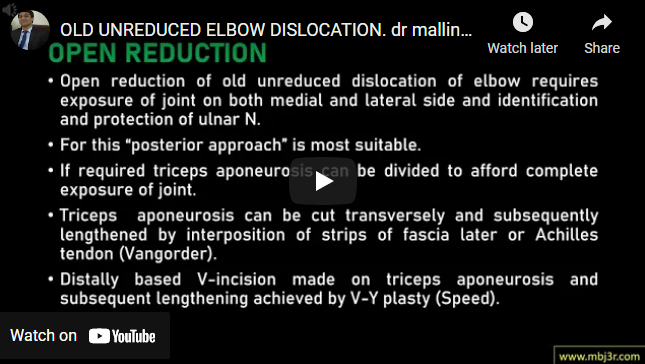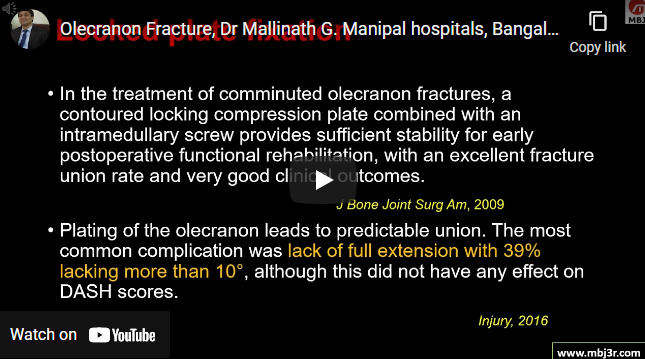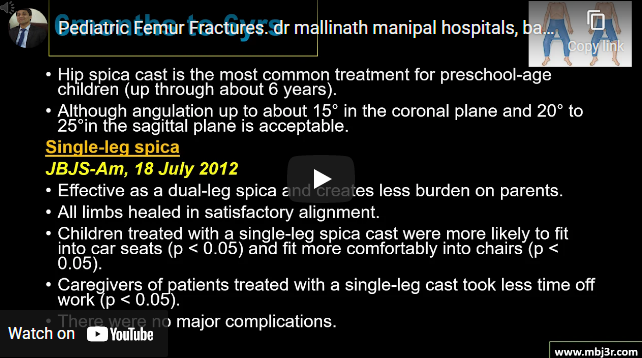Treatment with closed reduction and coaptation splinting followed by conversion to a fracture brace results in union in 70% to 80% of cases. Obesity, medical comorbidities, inadequate splintage can all lead to delayed union or nonunion Slightly higher rates of healing with plate fixation and reduced shoulder problems 32.5%pts secondary surgeries needed in nailing Non-union is more common with simple…
